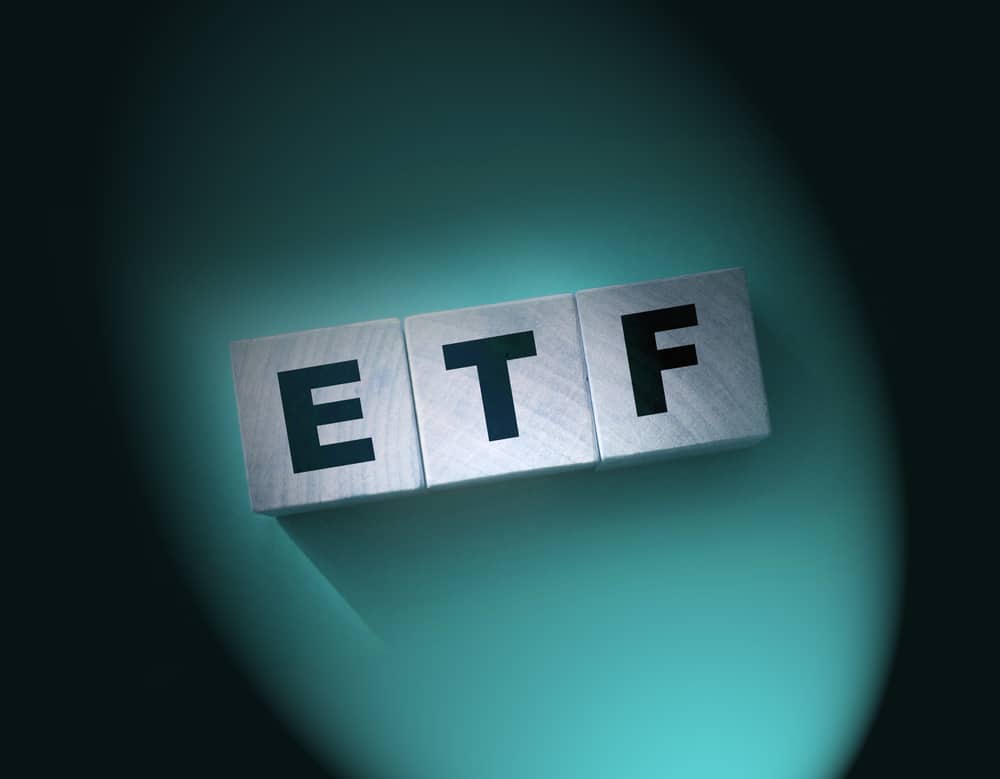The introduction of ETFs (exchange-traded funds) marks a massive step in the fast-rising crypto industry. While most investors are focused majorly on Bitcoin and Ethereum ETFs, some are now turning to Solana ETFs. Do you wish to learn more about ETFs in the Solana ecosystem? If so, reading this article is advisable. We will explain in detail how Solana ETFs work, as well as their benefits and potential risks.
Solana ETFs Explained
Solana exchange-traded funds are new investment vehicles traded as shares on leading stock exchanges. They track the performance of Solana’s native token SOL. Considering they are listed on trusted stock exchanges, these ETFs allow traditional investors to get exposure to the Solana ecosystem in a regulated way.
Also, Solana ETFs are overseen by tier-1 regulators like the US Securities and Exchange Commission, thus ensuring investors’ funds are well-protected.
Trading Mechanism
As mentioned, Solana ETFs are listed as shares on stock exchanges. Investors then trade those shares using their conventional brokerage accounts. Like other financial instruments, Solana ETFs’ shares are subject to demand and supply, meaning their prices fluctuate based on these market forces.
What separates Solana ETFs from cryptocurrencies is that they are highly liquid, allowing investors to enter and exit the market seamlessly.
Solana ETF Mechanics
Here is how Solana ETFs are created and redeemed:
1. Authorized participants, who are large financial institutions, create Shares for Solana ETFs.
2. These participants then transfer a specific amount of SOL to the custodian of the Solana ETF. This custodian is responsible for holding the underlying asset.
3. Upon confirmation of the deposited SOL, the Solana ETF provider issues shares to the authorized participants.
4. After that, the participants introduce the issued shares to the market upon regulatory approval.
5. To redeem their ETF shares, authorized participants are required to send redemption requests to ETF providers.
6. If the requests are approved, the ETF shares set to be redeemed are removed from the market and authorized participants receive an equivalent amount of SOL tokens from the custodian.
Types of Solana ETFs
Like Ethereum and Bitcoin exchange-traded funds, Solana ETFs are divided into two:
1. Solana futures ETFs: Issuers of these funds invest in Solana futures contracts instead of holding SOL in their reserves.
2. Solana spot ETFs: These investment products track traditional SOL price movements.
Top Companies Dealing in Solana Exchange-Traded Funds
3iQ Digital Asset Management: This company issues the QSOL ETF in the Canadian market via the Toronto Stock Exchange.
VanEck: VanEck’s Solana ETF VSOL is available for German investors via the Deutsche Borse Exchange.
WisdomTree: This company offers its Solana ETF SOLW to European investors. SOLW is tradable on various exchanges, including SIX Swiss Exchange, Euronext Paris, and XETRA.
21Shares: The ASOL, issued by 21Shares, is available only in Switzerland, tradable on the SIX Swiss Exchange.
It is worth highlighting that numerous Solana ETFs await regulatory approval in the United States. They include 21Shares’ Core Solana ETF and VanEck’s Solana Trust.
Why Invest in Solana ETFs?
Some of the benefits of injecting funds into Solana ETFs include:
1. Liquidity: As stated, Solana ETF markets have deep liquidity, making trading of shares convenient.
2. Diversification: Solana ETFs allow investors to add new assets to their portfolios, thus helping them spread their risks.
3. Easy access: Investors only need a brokerage account to start trading ETF shares. Therefore, they don’t have to deal with the complexities associated with blockchain technology.
4. Low fees: Charges associated with investing in Solana ETFs are relatively low, allowing you to retain most of the realized profits.
Risks Associated With Investing in Solana ETFs
1. Market volatility: Solana ETFs’ connection with SOL, a highly volatile crypto asset, exposes them to extreme price volatility.
2. Custody risks: If the custodian of the Solana coins gets attacked, it could become challenging for investors to redeem their shares.
Conclusion
Solana ETFs offer a convenient way for traditional investors to explore the Solana ecosystem. However, while they promise good returns, it is recommended that investors understand the associated risks before buying them.
At Tokenhell, we help over 5,000 crypto companies amplify their content reach—and you can join them! For inquiries, reach out to us at info@tokenhell.com. Please remember, cryptocurrencies are highly volatile assets. Always conduct thorough research before making any investment decisions. Some content on this website, including posts under Crypto Cable, Sponsored Articles, and Press Releases, is provided by guest contributors or paid sponsors. The views expressed in these posts do not necessarily represent the opinions of Tokenhell. We are not responsible for the accuracy, quality, or reliability of any third-party content, advertisements, products, or banners featured on this site. For more details, please review our full terms and conditions / disclaimer.

